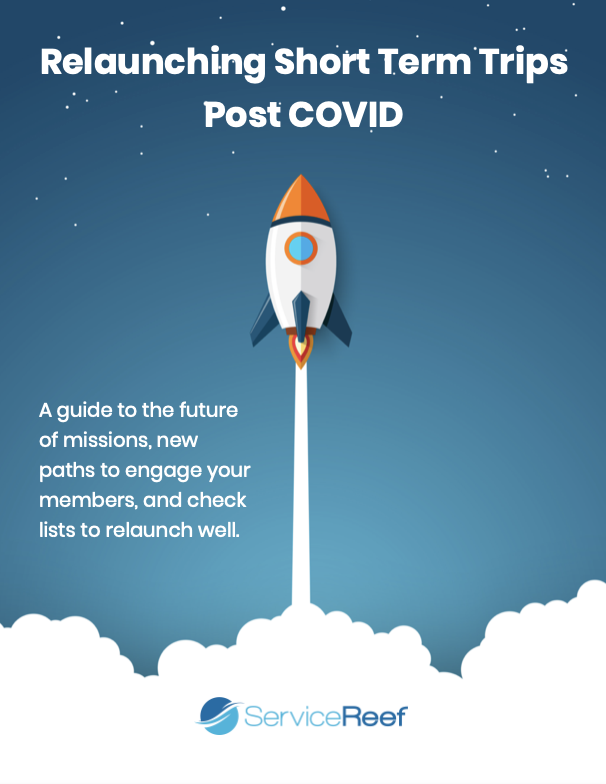Diversifying Engagement Pathways
- Blog Diversifying Engagement Pathways
Diversifying Engagement Pathways
Pre-COVID kept many engagements in missions very unilateral… a great deal of short term trip engagement. The pandemic quickly slammed the breaks on international travel and much of global mission work. Post-COVID will release a variety of pathways to engage creating more opportunities for involvement, more systems to be created, and more able to use new and different skills. Let’s explore just a few paths that are soon emerging.
Physical Short Term Trips
The first pathway is exactly what we all know and expect to relaunch soon, even if it’s a little slow to prime the pump again. Short term trips are almost a hallmark now in the way mission work comes out from North America. We can debate if short term trips are good or not but the fact is there’s a huge engine called short term trips and our real duty is to focus on doing them well. No doubt short term trips will quickly re-emerge as we move out of the COVID-19 fog.
Virtual Engagement
COVID-19 has also brought about true innovations in global engagement via Zoom, creating digital resources, training programs, and much more. This has been steroid shot for missions in many ways to give mission folk a nice swift kick to join the modern age. We’ve witnessed some amazing creativity and intentionality to keep engagement strong during this season and we don’t expect that to cease.
Local Engagement
The lock-down has also allowed many organizations to focus energies on the needs directly around them. Not to mention, many global communities have come to our doorstep as the past two decades have had such unprecedented migration and relocation of people. I believe the strongest organizations are the ones that realize the needs in their own backyard and make that part of their overall strategy… often directly serving the same people groups they fly around the world to engage on short term trips.
Hybrid Engagement
The final pathway is some combination of the three above. Think of this as your investment portfolio and how we’re all taught to diversify your assets. Finding some balance of these three pathways is probably what’s most wise for all of us and should be highly considered as we build our strategic plans for the future. Even if we consider the potential of another lockdown like COVID-19, if we have a three-part strategy in place then it essentially only highly restricts one pathway (short term trips) but it keeps our people engage plus we’ve already built strategies to continue supporting and serving our global partners.

Download full FREE ebook: Relaunching Short Term Trips Post COVID
Related Content





Comments